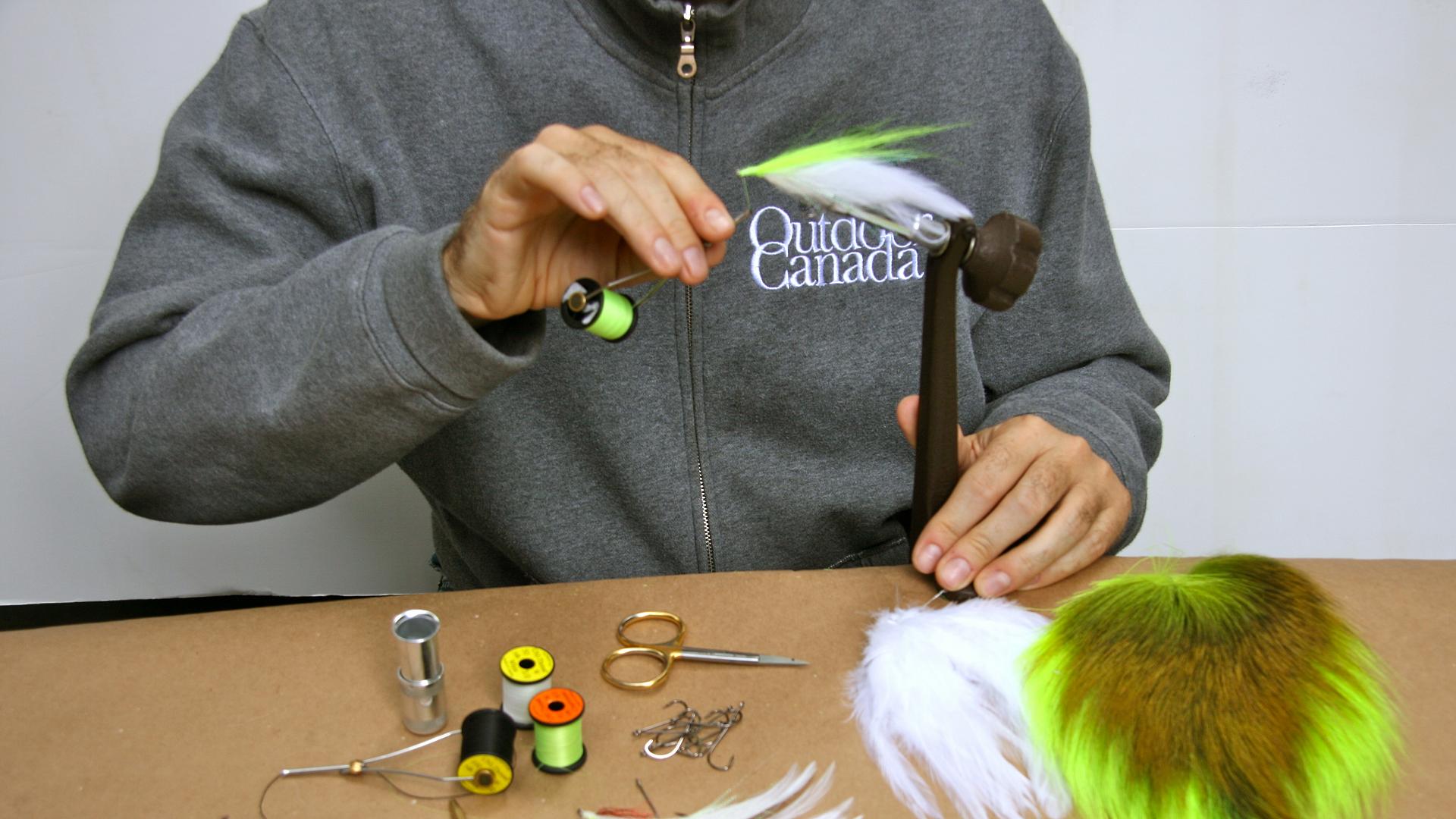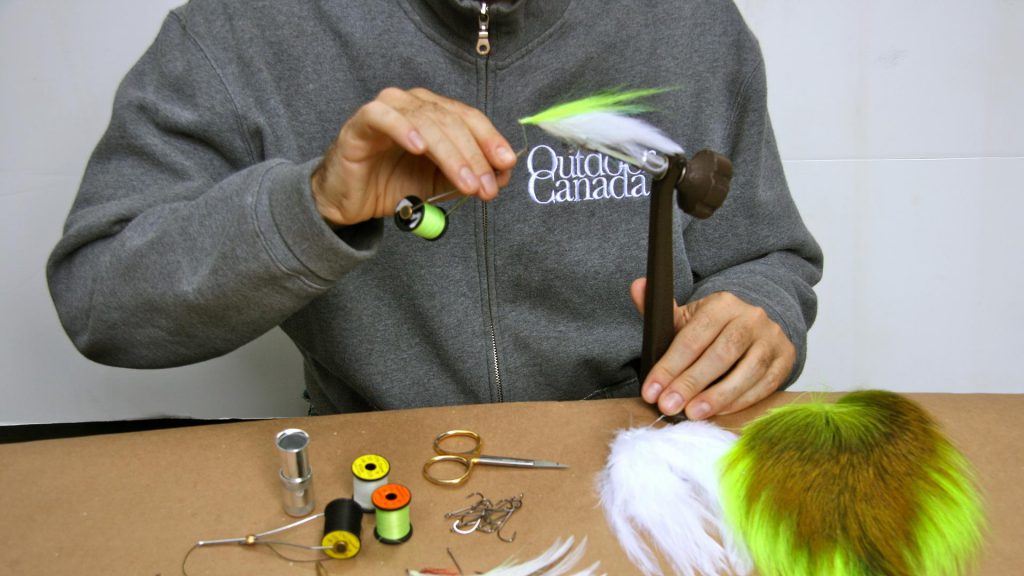Fit to be tied
Having trouble tying flies? Here's how to get into the game
Advertisement
When I was growing up, 100 per cent of the fly anglers I knew tied their own flies. Granted, that was only two other guys, but it still came as a surprise to learn later that many—if not most—fly chuckers are non-tiers. For me, tying flies is a way to stay connected to fly fishing during the winter, and it really is satisfying to catch fish on something you made yourself. But like many anglers who dabbled in tying flies but gave up, I used to find it a chore. I stuck with it, though, and eventually learned some tricks that make my time at the vise a lot more pleasant—and productive.
Advertisement
Looking for even more help? You can see all of Outdoor Canada’s expert fly tying tips at www.outdoorcanada.ca/flytyingtips. And for fly pattern ideas, check out our running list of the all-time best flies for Canadian anglers at www.outdoorcanada.ca/musthaveflies.
#1 Volume
The single best piece of fly-tying advice I ever got was to tie in bulk. Finishing one fly, admiring your handiwork, then trying something different is not the way to get better. Now I tie at least five—and usually 10 or even 20—of the same flies at every sitting. Why? Line up the finished ones as they come off the vise, and you’ll see them get neater and more consistent as you get into a groove. Production-line tying is also much faster, since you can lay out and prep all the materials and just work away, without stopping to root around in your boxes of material.
#2 Workspace
You need a tidy little nest to tie flies effectively, but it doesn’t have to be a rolltop desk in a wood-panelled study surrounded with leather-bound books. I’ve tied several thousand flies at a sturdy little TV table in my living room, often while socializing or watching the game. My makeshift system works thanks to a comfortable chair at the right height, a good clip-light and a piece of tan craft foam fastened to the tabletop. The foam provides a plain working background so I can better see what I’m doing, and the slight padding protects my tools. I also stay organized, with tools on my right, and prepped materials arrayed in front and to my left.
Advertisement
#3 Education
What do ballroom dancing, piloting an F-15 and fly tying have in common? You can’t learn any of them from a book. The best way to learn fly tying—or just update rusty skills—is by seeing and doing, ideally in a class or with a friend. But if you can’t get to a seminar, the Internet has a lot to offer, with countless videos of master fly tiers demonstrating both techniques and specific patterns. I’ve never met Bob Clouser, but thanks to YouTube, he personally taught me the correct way to tie his namesake Deep Minnow.
#4 Essentials
Exotic flies are seductive, but maybe hold off on the tigerfish patterns until your flight to Africa is actually booked. Instead, tie up dozens of those workhorse flies you use on every outing—Woolly Buggers, Elk Hair Caddis or Hare’s Ear Nymphs, for example—and in multiple sizes. Not only will you get really good at tying them, but building up a stockpile will remind you that flies are essentially disposable. After I did this, I found myself working those snaggy-but-fishy places more aggressively, and hooking more fish. Losing a fly you tied for 25 cents stings a lot less than losing one you bought for $3.99.
Advertisement
#5 Reuse
Do you know why commercially produced flies look perfect? It’s because an angler who pays hard cash for a fly darn well wants a perfect one. But if the head of your self-tied Mickey Finn is crowded or the tinsel rib is uneven or the wing is lopsided, use it anyway. The fish really don’t care. Heck, a lot of flies even work better after they’ve been roughed up by a few fish, so starting with a sloppy one puts you halfway there. But once my flies—especially pike and bass patterns—get so mangled they just won’t function properly, they go into my “razor box.” Ever frugal, I slice off the damaged dressing and reuse the hook. Hey, even if a new hook only costs a quarter, that’s still another 25 cents for my tigerfish fund.


